One of the biggest blockers to financial wellbeing is the fact that talking about money, particularly at work, particularly in the UK, is still considered a massive taboo.
At Make a Difference Media we are committed to breaking taboos and stigmas in service of better wellbeing a work, which is why we recently hosted a webinar about financial wellbeing entitled: “How can employers accelerate their financial wellbeing initiatives?”, sponsored by Octopus Money Coach.
Our esteemed panellists – Sarah Malone, Head of Performance, Reward and Insight at Brewin Dolphin, Adam Price, CEO, Octopus MoneyCoach and Maria James, Wellbeing & Engagement Specialist – came to the main conclusion that the best way to accelerate financial wellbeing initiatives is to get your employees talking about money openly.
But how do you break the taboo?
However, this is easier said than done, as the many comments in the webinar chat showed, with several members of the audience asking how to break the taboo and get the conversation going.
First of all it’s important to understand why there’s a taboo in the first place. Price believes that the main reason is that there’s this “societal belief” that “your self-worth is defined by how much money you make; so the more money I have, the ‘better’ I am as an individual, which is just not true. But the problem is that, by not talking about how much money we make, we connect the two and make that leap.”
He’s convinced that there’s a correlation between the generally low engagement in financial products that employers offer and the lack of conversation around money at work. He quotes research that shows that 91% of companies say they see ‘average to low engagement’ in their financial product programmes, with just over half of employers seeing this provision of financial benefits as their entire financial wellbeing strategy.
An organisation-wide conversation about money is necessary
This low uptake of product, he believes, is because setting up a pension, savings account or investing money all require revealing how much money we have, which for many employees is “off limits” still.
“To break taboos we have to start an organisation-wide conversation about money. If we start talking more about how we feel about money and what we’re doing with our money, that’s going to accelerate the learning and alleviate the stress we feel,” says Price. “If you find innovative ways to get everyone talking about money what you quickly find is, actually, it’s a subject everyone wants to talk about, they just needed that catalyst to get it out in the open.”
Often information about financial initiatives is pushed out on the usual internal communication channels, like the intranet or a newsletter. But these are often not powerful enough “catalysts” to grab employee attention. So what is?
Storytelling is powerful
The panel agrees that one of the most powerful actions that a company can take to break down these barriers around money is find people within the organisation who are happy to stand up and tell their money story. “That could be leadership, it could be a team of advocates or champions across the company. The more stories and examples that can be shared, the better,” says Price.
But, as one audience member commented when he said this, telling stories could potentially be like “opening a can of worms” when it comes to money because they are not always relatable if, say, a senior leaders is talking.
At the same time, it’s important that senior leadership is involved in starting any conversation so it signals the importance of the topic to the workforce. That’s why, the panel agree, that stories have to be carefully told if they’re coming from the top or they might create unhelpful backlash.
Tread carefully telling leaders’ money stories
“Leaders haven’t always been at that high point,” says James. “They’ve gone through a transition, and I’ve seen leaders in the past actually using their family and family stories to help the message resonate with everyday life, which is really powerful. Having leaders show their vulnerability and their true selves breaks down barriers and means employees buy-in because they think ‘they’re just like me, they’re no different’.”
In James’s experience, it’s important that the right stories are chosen to tell and that the ‘storytellers’ are vetted beforehand to check they are appropriate and “their narrative aligns with your company narrative and values”:
“What we’ve done in the past is go out like roving journalists, interviewing people, checking their social channels, slack and teams channels, to identify people that we think would be good role models. Stories are important but they do need to be assessed to check they are fit for purpose.”
James approaches these champions – who are often popular in the business, social, passionate and have lived experience – as if they were the company’s “social media influencers like on Instagram”, encouraging them to share their stories on the different company channels.
Growth of financial education
She suggests that peppering leadership stories along with other employee stories in, for example, a podcast series can be very effective. With this kind of media channel you can make sure that you are covering all the different segments of employees and the employee journey, from new joiner to those nearing retirement. “Sharing stories which resonate can help people start their own journey. It’s all about conversation, just like mental health, and removing the stigma,” says James.
Once the conversation has been started then, she says, focusing on financial education and literacy is “key because then you can use that to empower people and help them to take control, removing the fear”.
Traditionally, in the past, financial wellbeing strategies have been synonymous solely with the provision of financial product but, over the last few years, employers have increasingly started to add education into the mix.
Bring people together in person to talk money matters
Malone is a big fan of financial education in the form of bringing people together for sessions where she gets people thinking about the tools on offer and “can have a play about” with them.
She faces a particular stigma challenge working for a finance company where there can be an expectation that everyone is highly financially literate and has high levels of financial wellbeing. As she explains, this just isn’t the case because many of the firm’s staff aren’t financial advisors and don’t have the same levels of financial literacy.
Human contact has been really important in overcoming these challenges and getting the conversation going: “There are some great tools, technology and apps out there, but that’s not the answer. I think you’ve got to start with human contact and remember there is no ‘one size fits all’.”
Personalise your approach
What she’s done to break down barriers more and introduce a bit of levity is set up ‘games’ internally. For instance, in one game she asked employees of her department to recommend their top 5 financial wellbeing tips. “The prize was a bag of sweets but it was amazing how it really piqued the dialogue and we were all sharing our favourite apps and tricks and tips.”
Ultimately, however Malone sees one-to-one coaching as the ideal solution to boost financial wellbeing because it’s completely personalised and “people want to talk one-to-one because there is a stigma still”.
Of course, running a financial coaching company, Price agrees saying the impact on a one-to-one basis is “huge”, adding that typically working with an individual a coach will facilitate them to being nearly £10,000 better off in just 12 months. He backs up his argument with statistics about how many companies are now taking this option, too: his research shows that 45% of companies are planning to introduce financial coaching and Octopus Money Coach as a firm is booked out until November.
“Employers are seeing that one-to-one support is that missing link in financial wellbeing,” he says. “Employees really need that ability to talk to a coach at a personal level about their hopes, fears, worries, dreams and give them that roadmap that they need for their life to get to that point where their money is working as hard as it can for them and achieving what they need to bring them that happiness.”
You might also be interested in:
Lunch & Learn Webinar: How Employers Can Accelerate Their Financial Wellbeing Initiatives












